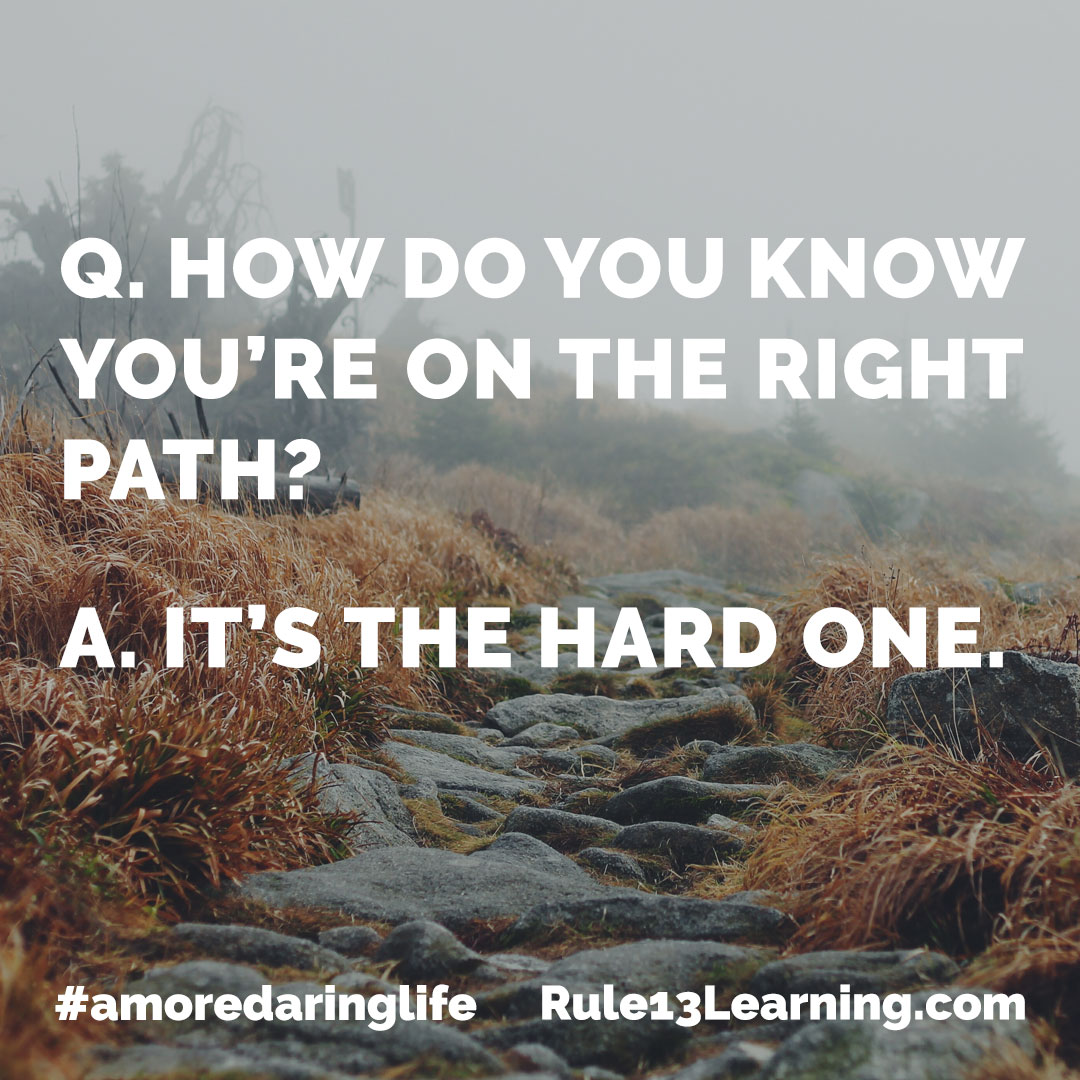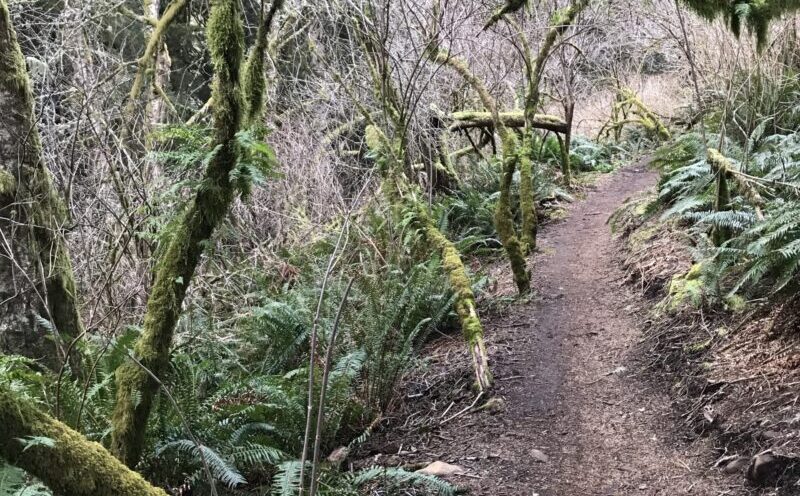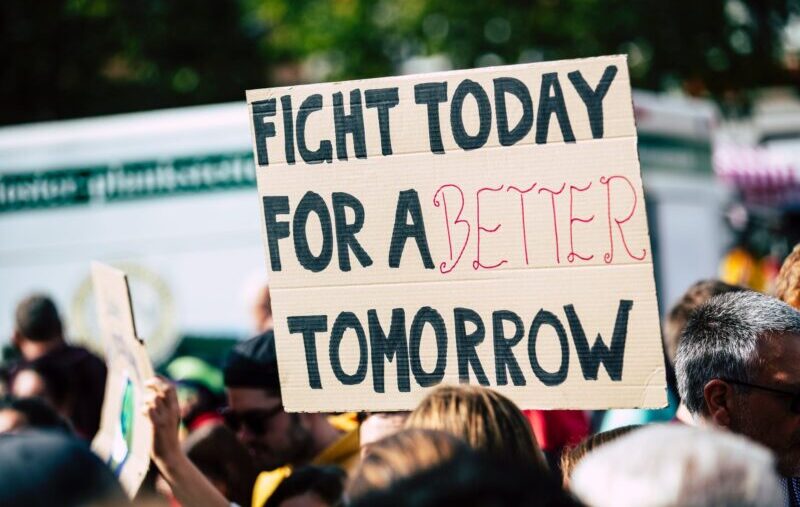“Fully alive people are liberated by their self-acceptance to be authentic and real.”
– John Powell, S.J.
Today, I continue to explore John Powell’s “five essential steps into the fullness of life.”
Part 2: To Be Oneself
Sometimes I think I matured in reverse. My memories of high school in particular are a series of Technicolor images of “being myself,” feeling fully human and fully alive. Not long after that time, my “self” slipped away and it took a long time to get it back.
In high school I remember feeling completely comfortable expressing myself in the assorted ways it made sense for me to do so. I sang in choir, performed in musical theater, participated in student government, in talent shows, pep rallies, air bands, skits…anything and everything that gave me a chance to employ my extraversion, my energy and my joy for performance. I wanted to create, to connect, to engage. I instinctively wanted to use my energy to energize others.
Once in a while, I hit the books. And I did well enough. But the classroom was not my personal proving ground. My greatest learning, and my most positive memories of that time, came from getting up in front of people. It was what I knew how to do and I had a wide-open runway on which to do it.
College wasn’t remarkably different from high school in this regard and I found some similar ways to tap into that bottomless reservoir of performance energy. This gradually became muted by more rigorous academic demands and the fact that I was swimming in a much bigger pond. The fact that it never dawned on me to get involved in theater at the college level is a decent indicator that I was already working hard to protect myself from not getting picked.
Since the approval of others came so easily in my teenage pursuits I was ignorant about how much I needed it. As that veil was lifted, as my need was exposed, I began to shrink away from some of the risks that would have come easily before.
As comfortable as I was in “presentation mode” in my earlier years, I found myself anxious and afraid as my young career provided opportunities to be out in front. I got myself convinced that those innocent exploits were an anomaly, not really me, and what chance did I really have to repeat an anomaly!
Finally, at 37 years old, an age that seems obscenely old relative to how intensely my unmet internal desires were burning, my friend Molly Davis paved the way for me to make my first professional presentation at a conference. It was the first time I stood up and said, “this is the work I do, what my team and my company have accomplished, and I am very happy to share it with you.”
I had some skin in the game and because of that I was very, very nervous. And it went great. And there was no looking back.
Twenty years after experiencing the joyful and easy expressions of my youth, I had discovered it again, this time with the maturity of my professional experience to back it up. It was quite a moment to be reconnected to myself after all of those years.
Today, I am a soloist at church and I give lots of talks and trainings. I freely share stories about my experiences, striving always to represent myself authentically and without a varnish that begs for approval. And I still get nervous. But that nervous energy is no longer rooted in the fear of not being good enough but rather in my desire to do good work. I care about what I do and I want that to come across loud and clear.
I once heard it said that if the path ahead of you is clear, you’re probably on someone else’s path. And tempting though it may be to stay on that safer road, to get to oneself requires the harder work of a boulder-strewn, uphill climb.
No one else can walk it for you. And the view from the top is breathtaking.
Tomorrow: Part 3, To forget oneself in loving






